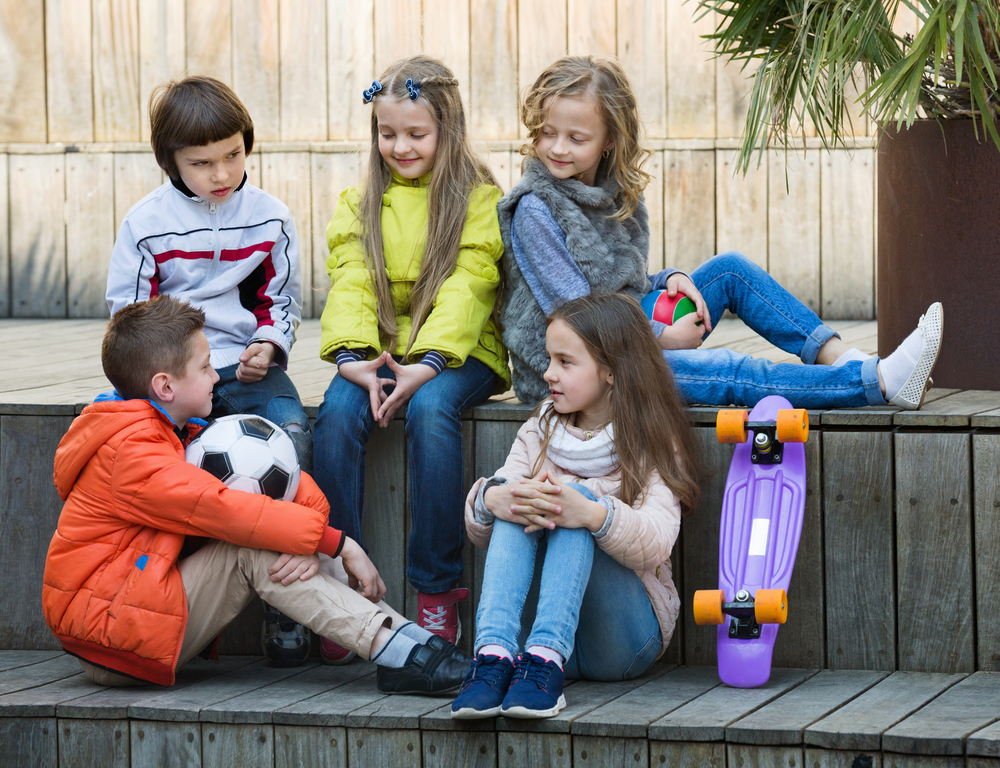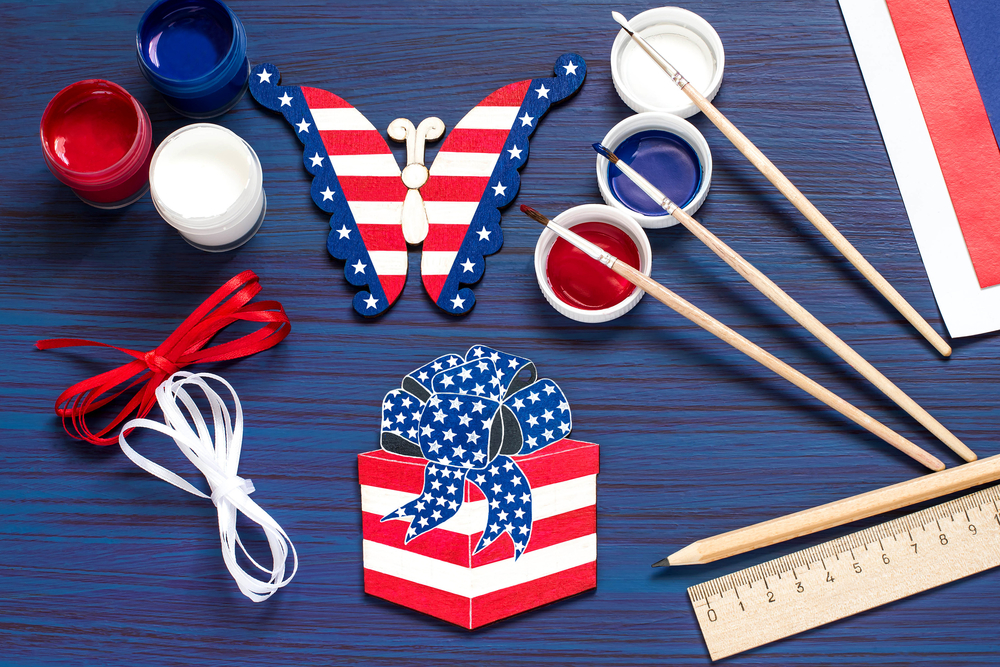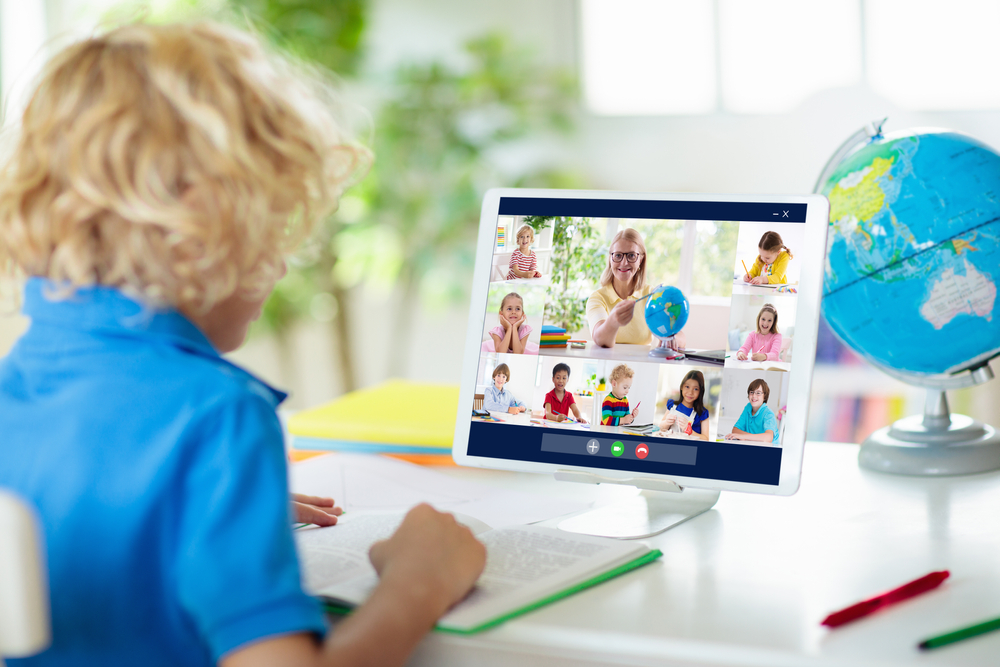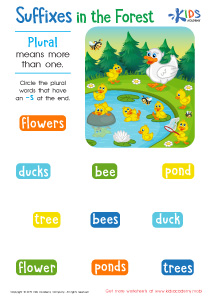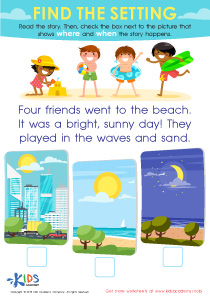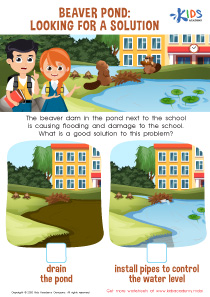Visual Learning Easy Worksheets for Ages 3-4
4 filtered results
-
From - To
Discover our "Visual Learning Easy Worksheets for Ages 3-4" designed to captivate young minds! These engaging and colorful activities help toddlers develop essential visual learning skills, including shape recognition, pattern identification, and color differentiation. Perfect for preschoolers, our worksheets make learning fun and intuitive, ensuring a love for education from an early age. Each printable is crafted by early childhood education experts to support cognitive development through play and exploration. Boost your child’s visual perception abilities today with our enriching and entertaining worksheets. Visit our webpage to get started on your child’s exciting learning journey!
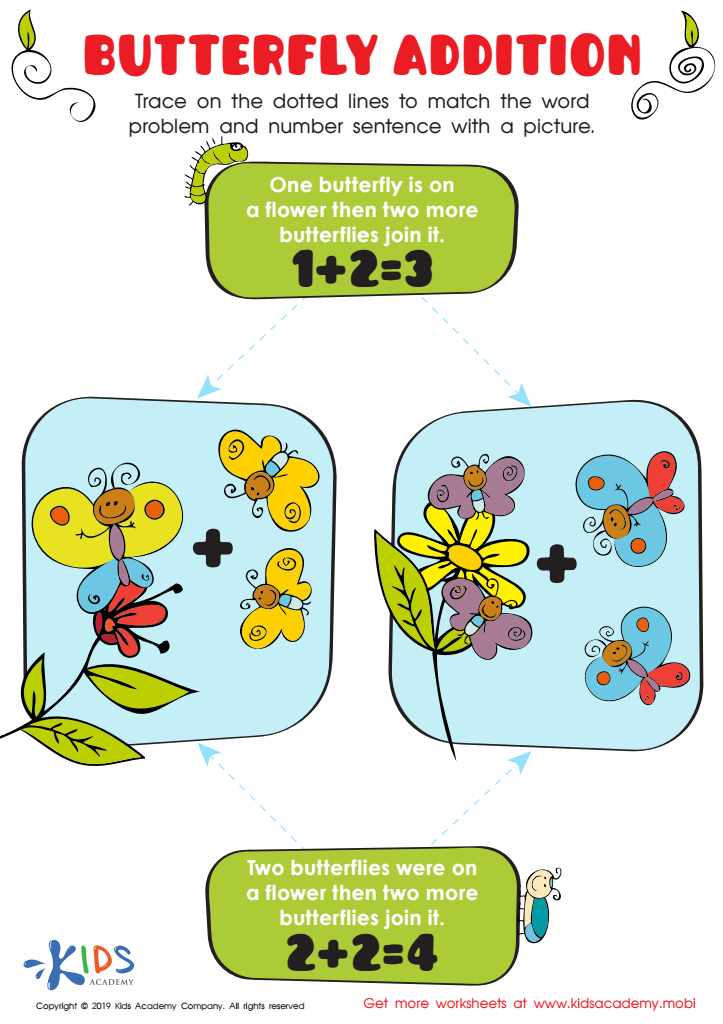

Butterfly Addition Worksheet
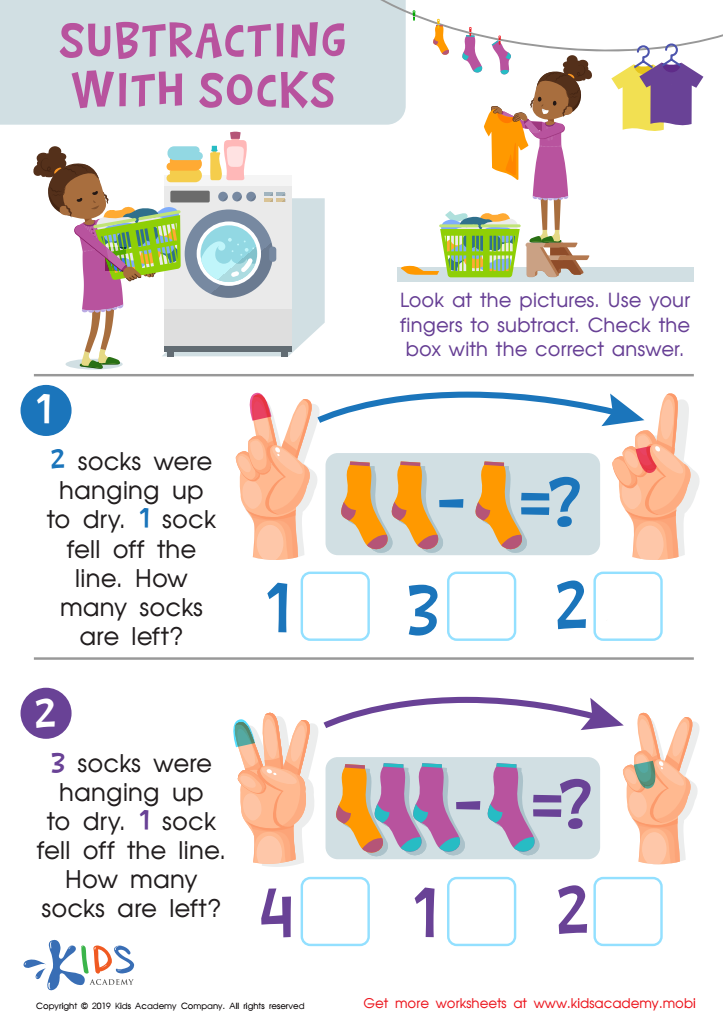

Subtracting Socks Worksheet
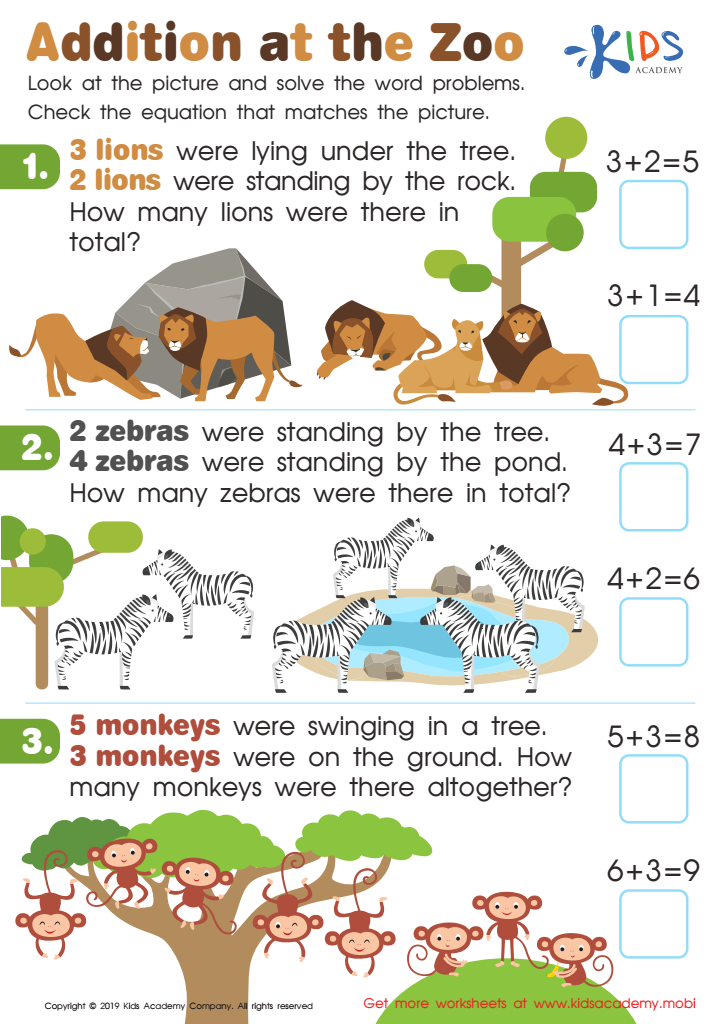

Addition at the Zoo Worksheet
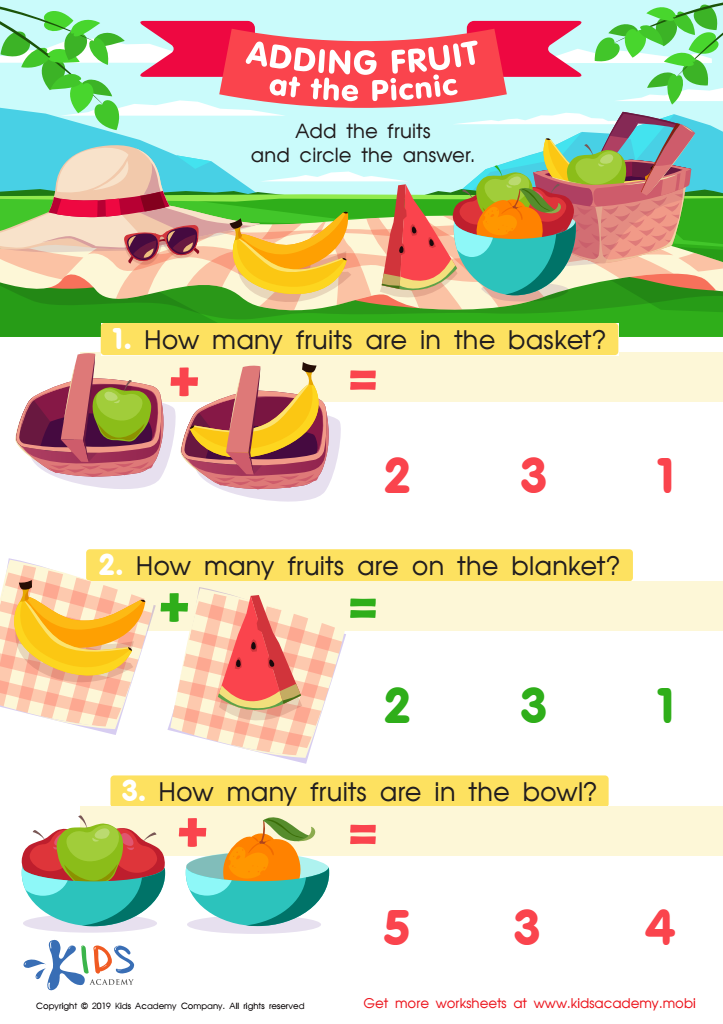

Adding Fruit at the Picnic Worksheet
Visual learning is a powerful tool for children ages 3-4, and both parents and teachers should prioritize its incorporation into their educational activities. At this developmental stage, young children are particularly receptive to visual stimuli. Their brains are rapidly developing, soaking up information from the world around them primarily through what they see, which lays a strong groundwork for future learning.
Visual aids such as pictures, videos, diagrams, and interactive apps can make abstract or complex concepts easier to understand. For instance, colorful and simple illustrations can help young children grasp early literacy and numeracy skills by associating objects with words or numbers. Moreover, visual learning can cater to various learning styles, making it possible to reach children who might struggle with auditory or text-based instructions.
In addition to enhancing comprehension, visual tools can keep young learners engaged and motivated. Bright and engaging visual content can capture their short attention spans more effectively compared to traditional methods.
Early exposure to visual learning materials also encourages creativity and critical thinking. By interpreting images and creating their own visual expressions, children improve cognitive skills that are essential for problem-solving and communication.
Therefore, incorporating visual learning for ages 3-4 builds a robust foundation for a child's educational journey and fosters an enthusiastic and inclusive learning environment.
 Assign to My Students
Assign to My Students





